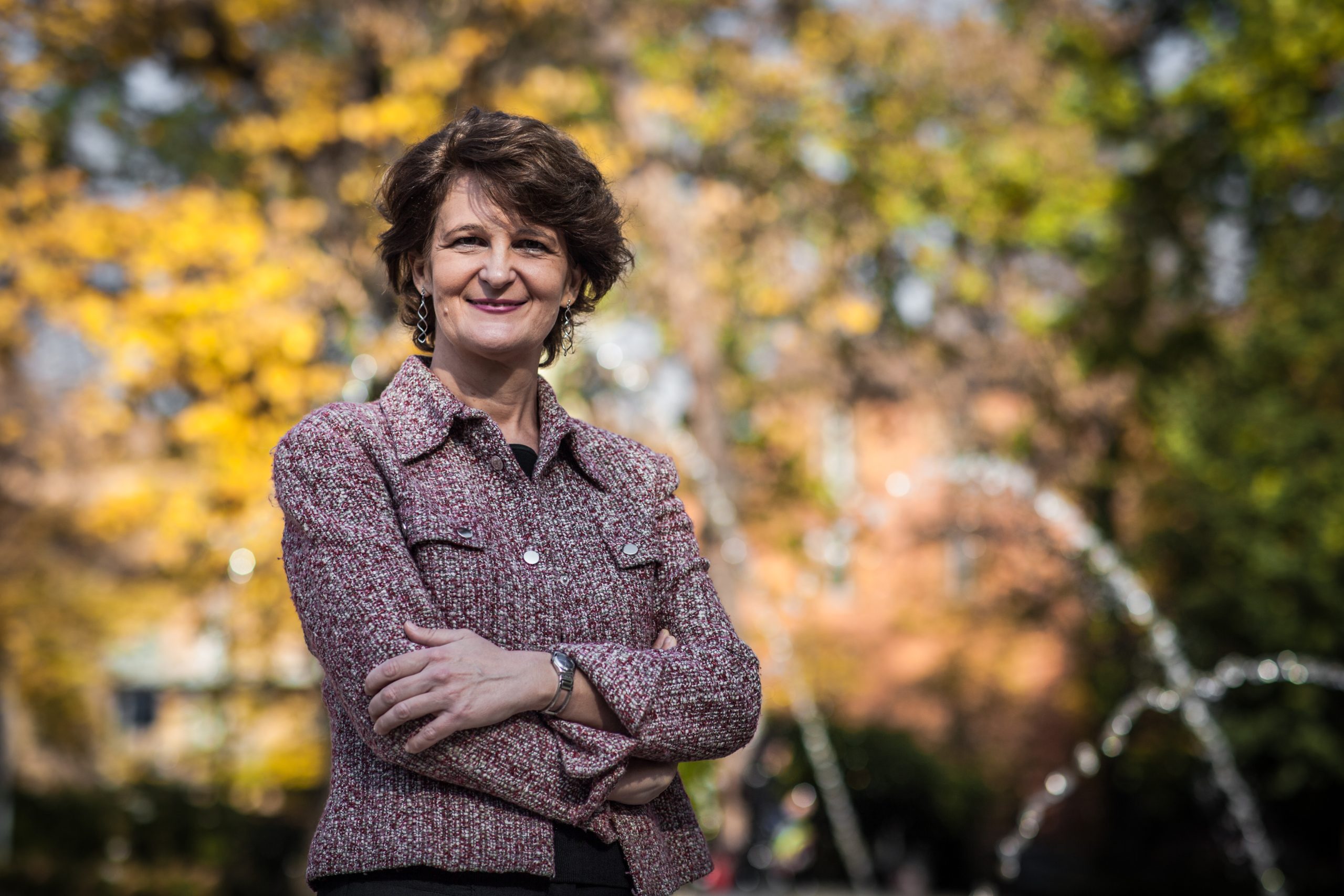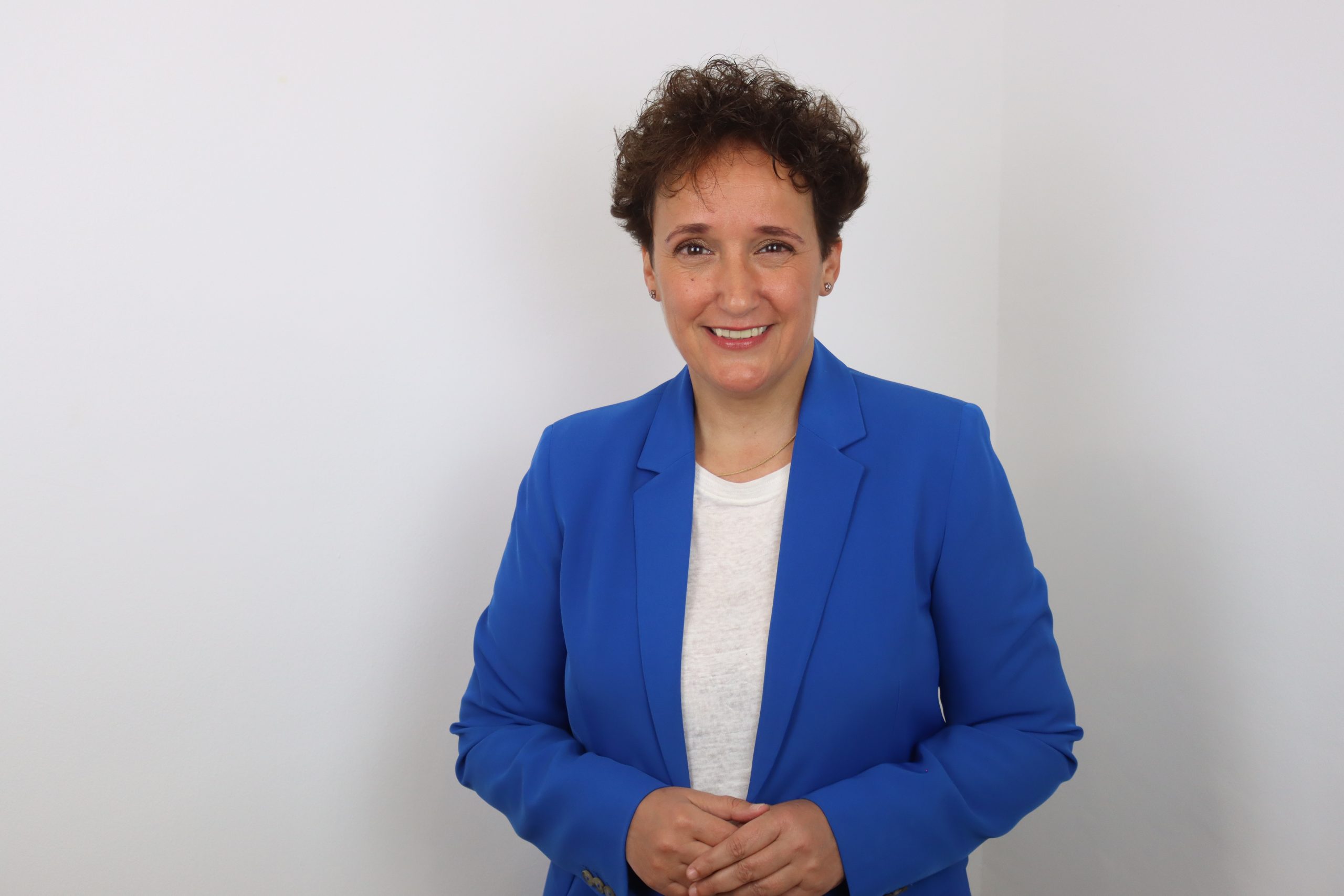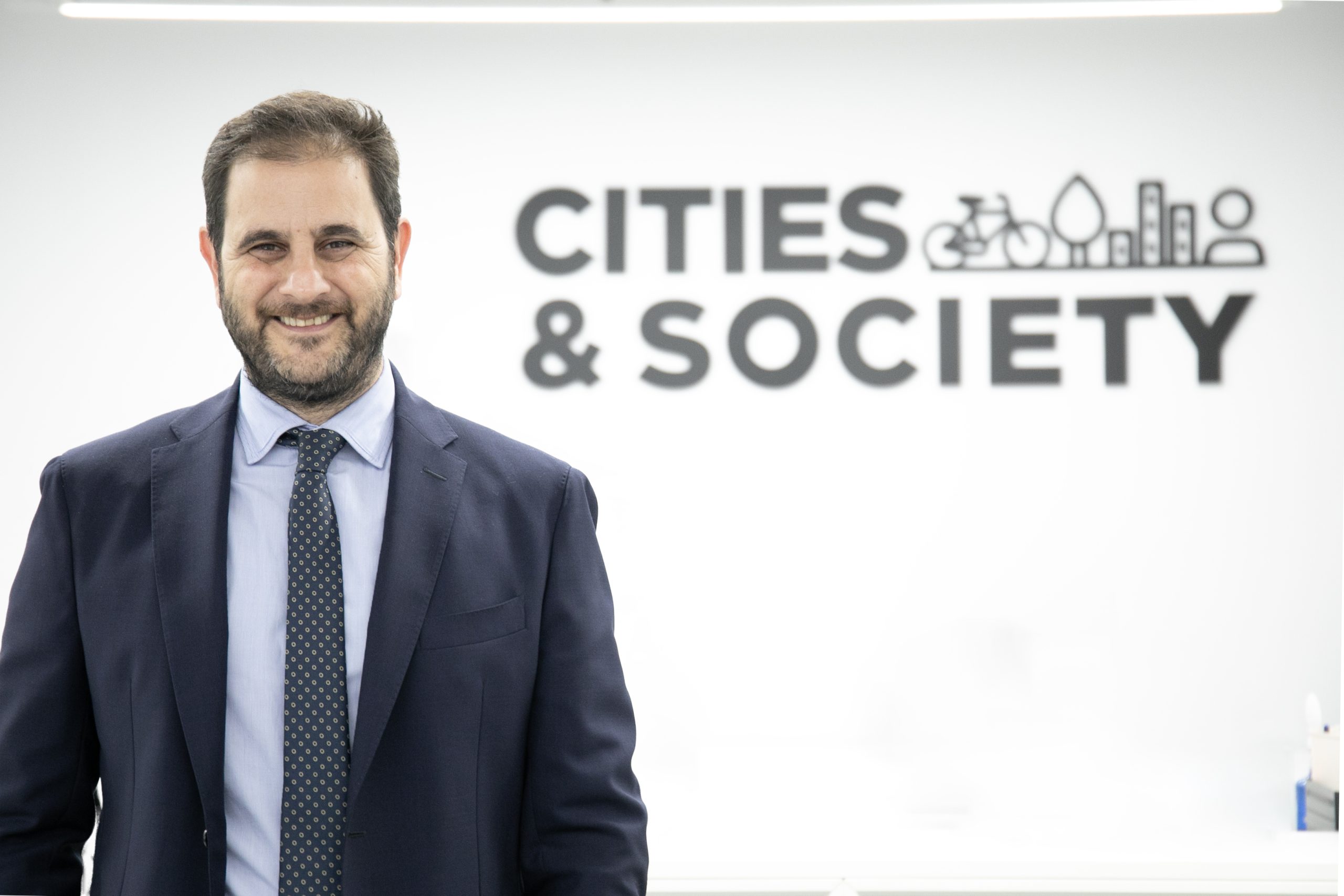- en
Gender ratio: Top 10 cities with the highest share of women in total population
Currently, there are a little less than 8 billion people on Earth. To be more precise, in 2020 there were 7,794,798,739 people in the whole world with an urban population of 56,2% or 4,378,993,944 people, according to Worldometer. It is estimated that by 2025, the total population will count over 8 billion people and by 2040, even over 9 billion.
But what is the exact gender ratio? Taking into account the whole world, there is approximately 101 males to 100 females, states The Central Intelligence Agency of the United States.
However, this wasn’t always the case. Until 1957, there were more females than males in the world. The males to females ratio has increased from 99.692 in 1950 to at most 101.704 in 2011. It is now expected to decline at 100.296 in 2100, says the UN World Population Prospects 2019.
In exact numbers, there are 3,970,238,390 men in the world. This number represents 50.42% of the world population (2021). The population of women is estimated at 3,904,727,342 or 49.58%. In other words, the world has 65,511,048 or 65.51 million more men than women.
However, it is interesting that, in general, the majority of world countries have more females than males. This is not the case with the two most populous countries in the world. China and India have slightly more males than females and that is the primary reason why there are more men in the world. If those two countries were excluded from the statistics, there would be more females in the world population.
What is the situation in Europe? According to Eurostat, the overall share of women in the EU population for 2020 was 51% or 229 million. The country with the highest share is Latvia (54%), while Malta has the lowest one (48%).
Therefore, with regards to large cities with over 500,000 inhabitants across the EU, Riga ranks first with 55,7% of women in the gender ratio (the total population number was 626,147 with 348,643 females), says Eurostat’s survey .
Riga is followed by another Baltic capital city: Lithuania’s Vilnius gender ratio is 54,8% : 45,2% in favour of women. Out of the total population of 552,131 people, 302,575 are women.
The third and fourth place are reserved for Lisbon city and Lisbon greater city with the women percentage of 54,8% and 54,2%.
In 2019, city of Madrid had a total population of 3,266,126 people, out of which 53,5% were females (1,745,973) which placed it on the fifth place, while Madrid’s urban area (9th place) had a share of females 52,7%
The city of Porto ranks 6th with a share of 53,4% of females and is followed by Budapest with 53,3% A slightly lower score has Croatian capital Zagreb (53,2%) which placed it on the eight place of this ranking.
Genoa is the city that concludes the top 10 gender ratio list with women share od 52,7%.

Although more than 50% of Europe’s population is women, the overall gender inequality is still very present. However, some countries perform better than other ones when talking about gender equality. According to the 2020 Global Gender Gap Index, the top four countries for gender equality are Iceland, Norway, Finland, and Sweden.
Also, one of the 17 Sustainable Development Goals set by the United Nations concerns gender equality.
The official wording of SDG 5 is “Achieve gender equality and empower all women and girls”. It has nine targets and 14 indicators. Some of the targets are: ending all forms of discrimination towards women, ending the violence, increasing value of unpaid care, ensuring the full participation in leadership and decision-making and granting equal rights.
The 2030 Agenda for Sustainable Development, adopted by all the UN member states in 2015, provides a shared blueprint for peace and prosperity for people and the planet, now and into the future. Hopefully, all the SDGs will be achieved by 2030 as planned.













